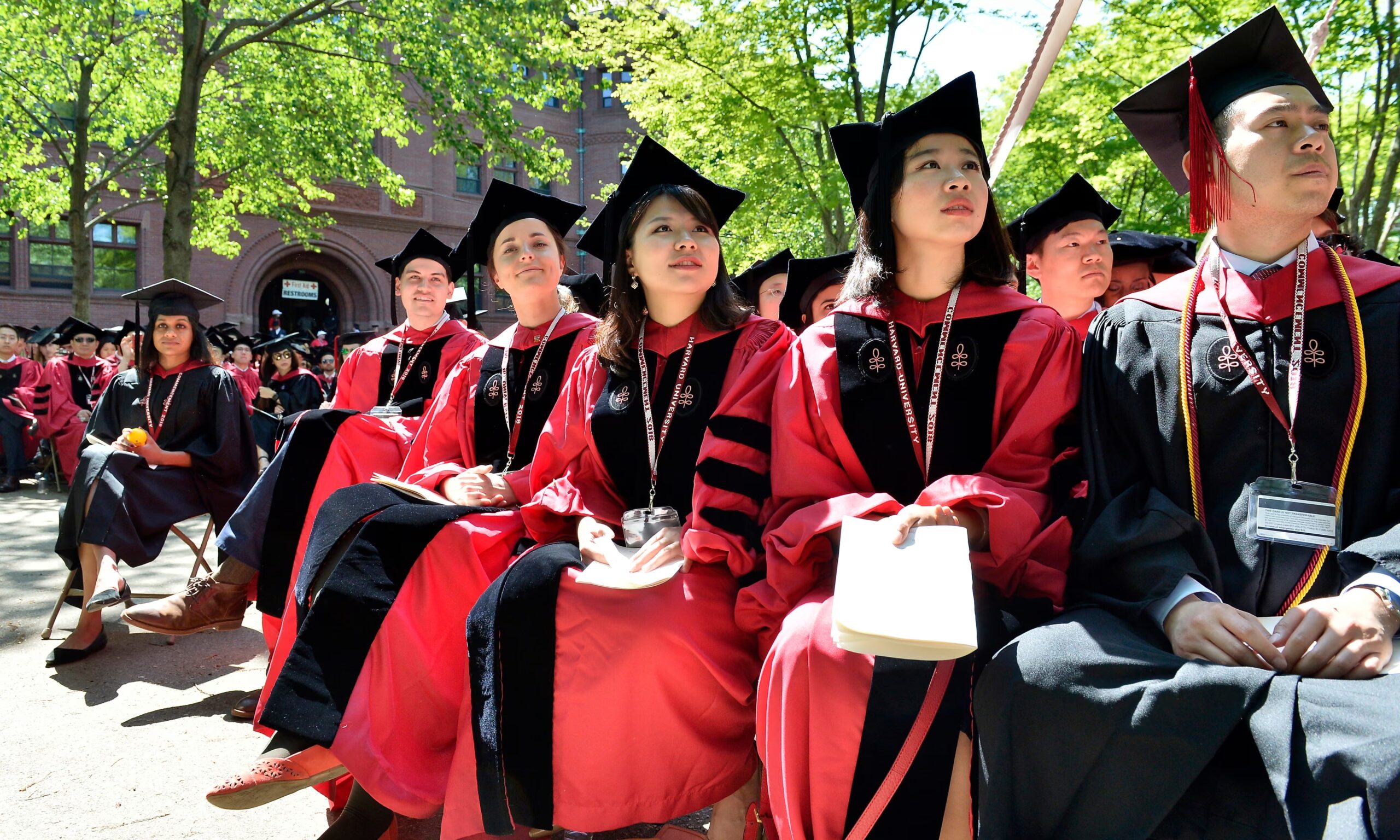Across the United States, Chinese students are a familiar sight at colleges and universities of every size. They represent the largest international group: in 2024, more than 600,000 Chinese students were enrolled, according to government data.
Their presence extends far beyond the classroom, influencing scientific research, technology development, and even campus life.
Funding, diversity, and fresh perspectives
For many institutions—especially smaller and mid-sized colleges—these students are vital. International students, particularly those from China, typically pay full tuition rates. This revenue is essential for balancing budgets, expanding academic programs, and supporting campus jobs.
The Institute of International Education reported that foreign students, with Chinese nationals leading, brought nearly $40 billion into the US economy last year. For some towns, international enrollment keeps classrooms full and communities thriving.
The influence of Chinese students, however, goes far beyond financial support. They work in research labs, participate in university start-ups, join engineering teams, and introduce new viewpoints to classroom discussions.
These contributions open paths to global partnerships for faculty and students, adding a valuable international dimension to American universities.
Policy hurdles and ongoing debates
Recent years have seen tougher visa policies and increased scrutiny, with authorities citing national security and technology concerns, especially regarding students from China. These changes made the process slower and more complex for applicants.
University leaders and business groups have voiced concerns that further restrictions could harm America’s research leadership and disrupt funding.
They warn that cutting back on Chinese student numbers puts pressure not only on universities, but also on innovation and international collaboration.
Beijing’s stance and what the future may hold
Chinese officials continue to call for transparent, consistent visa rules, highlighting education’s role as a bridge for business, science, and diplomacy.
With policy debates ongoing in Congress and across campuses, the fate of Chinese students remains a point of attention for educators, officials, and families.
Despite these uncertainties, the contribution of Chinese students is widely acknowledged as critical to keeping American higher education dynamic and globally competitive.
Contact us today through our WhatsApp to discover how we can help you achieve success in the United States.



